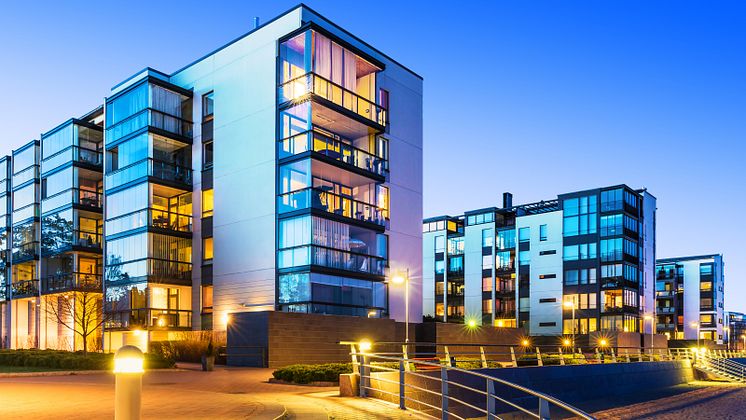The Building Safety Regulator highlights pivotal phase for building safety

The Building Safety Act 2022 identified new roles and responsibilities for people and organisations who are responsible for the safety of higher-risk residential buildings.
These responsibilities include having a Principal Accountable Person (PAP) who is required to register the building with the Building Safety Regulator (BSR). BSR were assigned Building Control Authority in October 2023 to ensure all high-rise buildings are designed and constructed safely and to high standards.
So why is BSR highlighting 2024 as a pivotal year for progressing their agenda to raise safety, standards, and performance across the built environment?
April 2024 is when the registration requirements become mandatory and operational standards rules will become enforceable. This means that pressure will be on building control inspectors and PAPs to ensure they can demonstrate how they are managing building safety risks particularly in relation to spread of fire and structural failure.
High-risk residential buildings are defined by both their height and their use. The Building Safety Act defines a high-rise residential building as being at least 18 metres in height or has at least 7 storeys, and contains at least 2 residential units; however, buildings where a lot of people live, sleep, are in need of care and/or cannot escape quickly or easily in case of a fire emergency should also be considered higher-risk as impact of a fire could be catastrophic.
The BSR state- ”Applying the new requirements and standards across both public and private sector providers will ensure the whole profession operates consistently to the same high standards, levelling the playing field for the first time.”
What does this mean for Principal Accountable Persons?
Following registration, PAPs have a duty to apply for a building assessment certificate for their buildings when directed to do so by the BSR, submit a safety case report, residents’ engagement strategy and ensure there is a system in place to report Mandatory Occurrences. All vitally important steps to improving building safety but this sounds like a big challenge for the PAP.
The safety case report is required to demonstrate how they are managing safety risks of spread of fire and structural failure, so we spoke to Lindab Fire & Smoke expert, Carl Knowler to ask about what support is available for the PAPs to complete this task.
Carl said, ”My advice for any PAP would be to consult experts in fire safety for each of the building materials and systems. We at Lindab specialise in ventilation systems, we work with designers and consultants to help specify the correct fire dampers in relation to the buildings fire strategy. We ensure good understanding of the characteristics of our products in the event of a fire and help to educate about the importance of high-quality dampers which perform above the minimum legislative requirements to really ensure building safety standards are high.”
Carl added, ”It’s also important to ensure that installers are competent and fully trained to install products properly so that they perform as per the test certificates.”
Lindab welcome this positive step by the BSR to ensure standards for building safety are improved and residents can feel safe in their homes.
Contact protect@lindab.co.uk for support with preventing spread of fire in ventilation systems.
